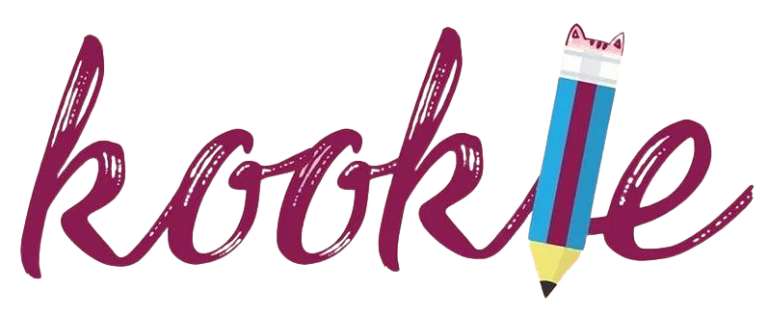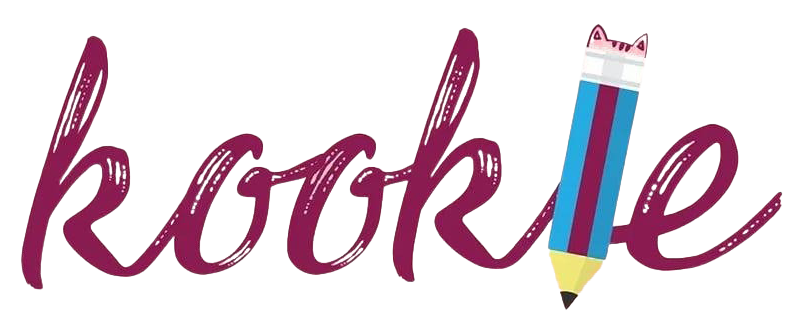Is ‘Word of Mouth’ Marketing Better Than PR?
Let’s face it, word-of-mouth marketing is one of the best marketing tools, especially if you own a smaller-scale business like a cafe or a bakery. Just have more people spread the word about how yummy your cakes are and more customers will come.
For bigger companies such as project developers and investment banks with a more complex engagement requirement, traditional PR will offer more control over their chosen audience, message reach and key messages disseminated.
Each approach has its strengths and weaknesses, and the effectiveness can vary depending on your specific goals and the landscape you operate in. Here’s a breakdown to help you decide which strategy is best for you:
Word-of-Mouth Marketing
Strengths:
Weaknesses:
Traditional PR
Strengths:
Weaknesses:
So, when is word-of-mouth marketing better?
Word-of-mouth marketing is better when establishing trust and authenticity is crucial. This marketing strategy is also best when targeting niche audiences where organic recommendations carry weight. Also, when resources are limited, and you rely on organic growth, the next best thing is to deliver and hope that your customers will spread the good word about your product or service.
When is traditional PR better?
Traditional PR is best applied when rapid awareness and reach are critical. You can also trust PR to do the work when targeting a specific audience — especially an audience you don’t organically engage with — through your chosen channels. Additionally, traditional PR also works better when precise control over messaging and measurement is vital.
Our verdict
Remember, the best approach often combines both strategies. You can utilise word-of-mouth marketing to build trust and authenticity, while leveraging traditional PR for broader reach and controlled messaging. Tailor your mix based on your specific goals and audience to maximize success. Not sure how to go about your PR and marketing strategy? Drop us an email at hello@kookiepr.com or send us a WhatsApp text!
Let’s face it, word-of-mouth marketing is one of the best marketing tools, especially if you own a smaller-scale business like a cafe or a bakery. Just have more people spread the word about how yummy your cakes are and more customers will come.
For bigger companies such as project developers and investment banks with a more complex engagement requirement, traditional PR will offer more control over their chosen audience, message reach and key messages disseminated.
Each approach has its strengths and weaknesses, and the effectiveness can vary depending on your specific goals and the landscape you operate in. Here’s a breakdown to help you decide which strategy is best for you:
Word-of-Mouth Marketing
Strengths:
- High credibility: Recommendations from friends and family hold strong weight, generating trust and positive sentiment.
- Organic reach: It spreads naturally without paid efforts, potentially reaching large audiences.
- Authenticity: Genuine experiences resonate more with consumers than traditional advertising.
- Cost-effective: Leveraging existing brand advocates minimizes paid marketing expenses.
Weaknesses:
- Uncontrollable: You can only indirectly influence what people say or how your message spreads.
- Slower growth: Organic spread takes time, hindering rapid awareness generation.
- Difficult to measure: Quantifying impact and return on investment is challenging.
- Limited reach: Initial spread relies on existing advocates, potentially restricting broader awareness.
Traditional PR
Strengths:
- Targeted reach: You can strategically choose media outlets and influencers to reach specific audiences.
- Faster awareness: Paid efforts and press coverage can generate quicker visibility.
- Controllable messaging: You can craft and amplify your message through chosen channels.
- Measurable results: Analytics and tracking tools provide clearer insights into impact.
Weaknesses:
- Costly: Traditional PR practices like press releases, events, and agency partnerships can be expensive.
- Less trust: Consumers often view paid advertisements with scepticism compared to word-of-mouth.
- Limited authenticity: Controlled messaging might appear less genuine than organic recommendations.
So, when is word-of-mouth marketing better?
Word-of-mouth marketing is better when establishing trust and authenticity is crucial. This marketing strategy is also best when targeting niche audiences where organic recommendations carry weight. Also, when resources are limited, and you rely on organic growth, the next best thing is to deliver and hope that your customers will spread the good word about your product or service.
When is traditional PR better?
Traditional PR is best applied when rapid awareness and reach are critical. You can also trust PR to do the work when targeting a specific audience — especially an audience you don’t organically engage with — through your chosen channels. Additionally, traditional PR also works better when precise control over messaging and measurement is vital.
Our verdict
Remember, the best approach often combines both strategies. You can utilise word-of-mouth marketing to build trust and authenticity, while leveraging traditional PR for broader reach and controlled messaging. Tailor your mix based on your specific goals and audience to maximize success. Not sure how to go about your PR and marketing strategy? Drop us an email at hello@kookiepr.com or send us a WhatsApp text!








